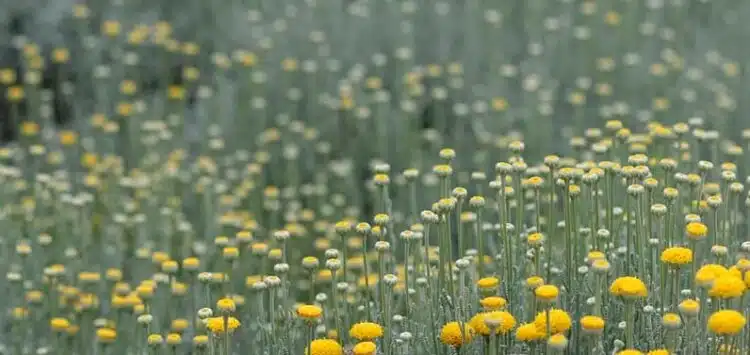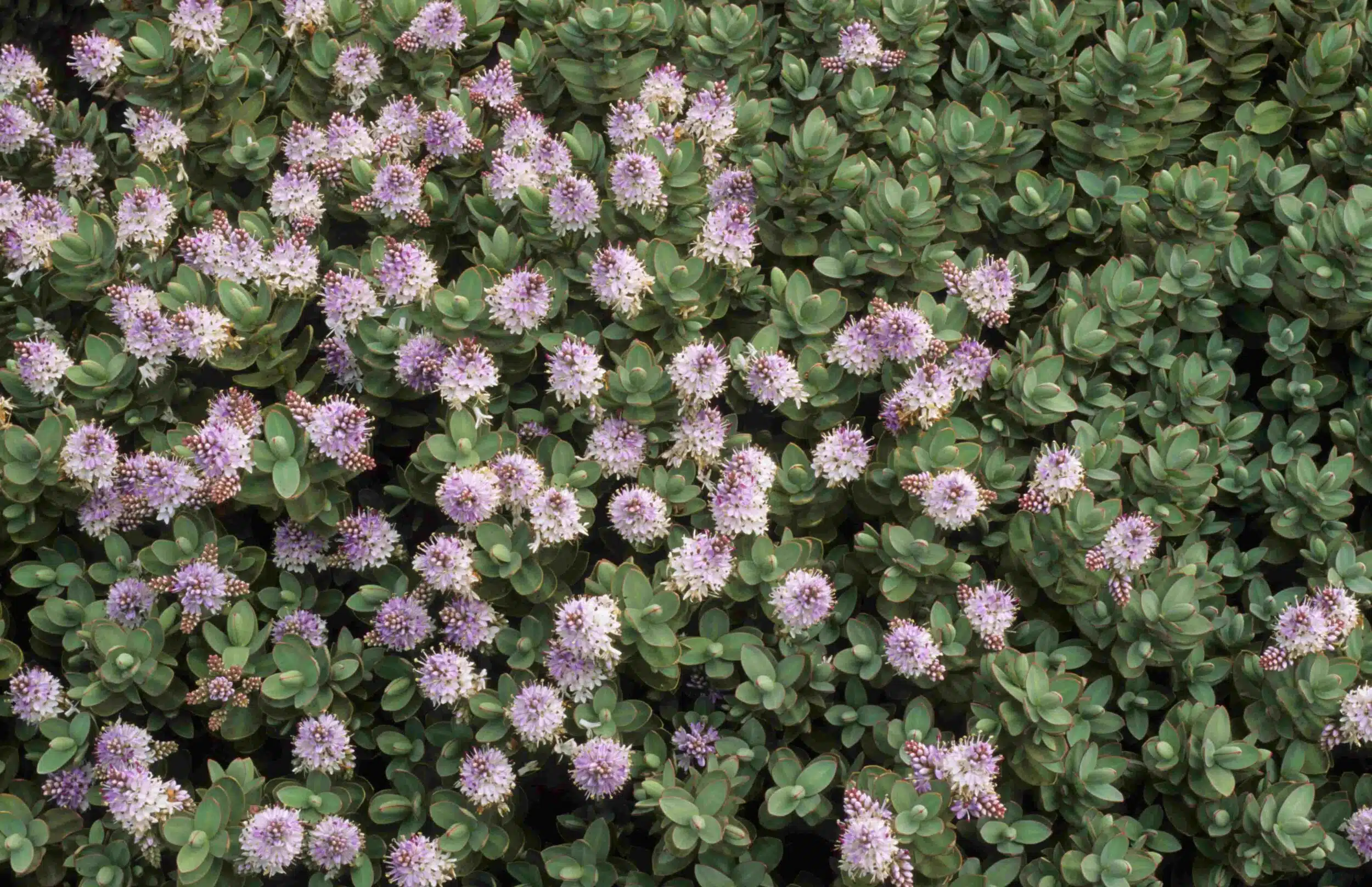HALF PRICE SALE ON EVERYTHING ENDS TONIGHT
NEW SEASON BARE ROOTS AT 50% OFF LAST SEASONS PRICES – ENDS 31 JULY
***TODAY ONLY – GET AN EXTRA 10% OFF SALE PRICES WITH CODE FLASH10***
Menu
HALF PRICE SALE ON EVERYTHING ENDS TONIGHT
NEW SEASON BARE ROOTS AT 50% OFF LAST SEASONS PRICES – ENDS 31 JULY
***TODAY ONLY – GET AN EXTRA 10% OFF SALE PRICES WITH CODE FLASH10***
 https://www.hopesgrovenurseries.co.uk/wp-content/uploads/2024/02/Santolina-chamaecyparissus-Copy-750x355.jpg
https://www.hopesgrovenurseries.co.uk/wp-content/uploads/2024/02/Santolina-chamaecyparissus-Copy-750x355.jpg
The word ‘hedge’ probably conjures up a wide, man-high barrier on the garden boundary, but there are plenty of plants of shorter stature that can be used to subdivide different areas of your garden. They will add clean definition, whether it’s a straight line, round circle or crinkle-crankle wave. They all create planting opportunities and the sight of flowers rising up in a random fashion, above a neatly constrained low hedge, is really effective visually. It’s the equivalent of a pelmet on a curtain: it hides the messy bits wonderfully well!
There’s no doubt that low evergreen hedges with summer flowers offer good value, without blocking out your view. However, they really come into their own when winter arrives and strips out the floral froth back to ground zero. You’re left with a permanent structure and low winter light enhances anything shapely to great effect. Low hedges, roundels and any topiarised plants glitter in frost. They shine when low winter sunshine slants through the garden, picking up detail and backlighting your garden stage. When rain falls, the droplets nestle in the foliage, creating mini-rainbows of colour.
Pruning sun-loving evergreen hedges must always be undertaken with care however, because many of these low-growing, pungent-leafed sun lovers have a Mediterranean provenance. They thrive in sunny positions in dry soil – once they’ve established a deep-root system. This root system can go down several feet and it takes a year or two to develop, so you will still need to water these ‘drought-tolerant’ plants regularly in their first growing season.
Many of these low growing hedging plants have silvery, aromatic foliage that’s pungent when you rub it. This foliage sparkles in sunny situations, like a silver necklace. If given a shady spot instead they will sulk and produce lax growth in a thoroughly nasty shade of sludge-green. Almost all silvers need sun to shine. It’s one of the golden rules of gardening.
Many are Mediterranean plants, found naturally in the shrubby maquis or garigue. They do most of their growing during the winter months when the climate delivers ambient warmth and rai and they are not as hardy as many plants. Lightly shape them in late-August or September. If you want to prune radically, do it in mild weather from mid-April onwards.
If you cut them hard at the end of summer, they will produce vulnerable young shoots that won’t be tough enough to survive harsh winter weather. Death may occur, because evergreen plants are not as hardy as deciduous ones – wherever they hail from.
Lavender, which I mentioned is an obvious choice. However, cotton lavender or santolina, has even finely-feathered evergreen foliage that can come in green or silver. The flowers of both are yellow, but the greener the leaf, the more garish and vivid-yellow the flowers. Others with silvered foliage have floral buttons in a much more tolerable pallid-lemon. If you’re shaping this plant into a low hedge, or a sculptural roundel, the flowers will tend to be cut off in the process.

Cotton lavender is found in southern France and parts of the North Mediterranean. This member of the daisy family has been used medicinally, to clean wounds, and as an insect repellent. It arrived in Britain in the 16th century when the Huguenots fled France to escape religious persecution. It quickly became an Elizabethan favourite in the age of Tudor parterres. Santolina chamaecyparissus, which has silvery foliage and acceptable yellow-buttoned flowers in the second half of summer, makes an excellent hedging plant. You can also shape this into perfect roundels – whether it’s massed together to create a series of regular hummocks, or spaced out. ‘Lemon Fizz’ has golden foliage.
Perovskia, or Russian sage, creates a less formal swathe in the garden because its more upright and rigid. It waves at you across the garden. Sit moves and sways. This really tough subshrub can be used as an upright edging plant, or it can mingle amongst sun-loving perennials and grasses. The wands of flower are usually mid-blue and the foliage turns a pale silvery-white in hot summers. It loses its foliage in winter and develops a twiggy network of white stems studded with buds. I have seen it woven through red-stemmed dogwoods and evergreen sarcococcas to create a very festive winter effect. Leave those bloomed twiggy stems unpruned so that they provide some ghostly winter magic.

Perovskia is very hardy for two reasons. Firstly, it’s deciduous, so it doesn’t get burnt off by hard weather. Secondly, it hails from high altitude parts of Central Asia including Iran, Turkey, Afghanistan, Pakistan, Tibet and it’s also found in parts of eastern Europe. When a plant is widely distributed across several countries and regions, it’s generally adaptable and easy to grow. Perovskia can survive extremes of heat and cold, so it’s a go-to plant in the central United States where winters are very cold and summer are humid and hot.
Perovskia, named after a Russian general named V. A. Perovski (1794-1857), has recently been re-named Salvia yangii, having been shuffled into the sages by ‘nerdy’ botanists! However, nurseries will almost certainly continue to use the name perovskia. Russian sage was said to have been popularised by William Robinson (1838-1935), an advocate of wild gardening, following its introduction to England in 1904. Since then, it’s been growing in popularity and ‘Blue Spire’ is an excellent form, reaching roughly three feet to a metre.
If you have a more sheltered spot evergreen hebes produce colourful foliage and short pointed racemes of insect-friendly flowers. Almost all garden forms are raised from species native to New Zealand, although a few are found in Australia, French Polynesia, The Falkland Islands and South America. They like an open, airy position and they tolerate poor soil. They can suffer in wet, cold winters, so they may need a radical tidy in late-spring. Good drainage and through soil preparation pays dividends. Regular, but gentle pruning will keep them vigorous and make them longer lived.
Hebes have an ability to produce sports, shoots with different coloured foliage. Seedlings can also occur, so there are plenty of different hebes on offer. If it’s a pure-green compact hebe for low hedging or small roundels, opt for ‘Emerald Gem’. This award-winning hebe could make a hedge along a brightly situated path, or grace a rockery, or form a series of compact, almost conifer-like balls among low growing plants.

‘Red Edge’, grown for its warmly tinted almost-smoky foliage, has pink and glaucous-grey leaves that develop red overtones and edges as temperatures drop. Lilac-pink flowers appear in June and July, when the foliage is glaucous. The flowers should be snipped off when they fade, to encourage more. Hebe albicans ‘Red Edge’, which popped up in Essex in the 1960s, can be used for hedging, ball-shaped topiary or specimen plants because it always has a leafy presence. It also makes a good container plant. If you prefer deep-blue flowers opt for ‘Blue Gem’, a hebe with green foliage.
Caryopteris x clandonensis ‘Heavenly Blue’ is well-named because this short deciduous shrub produces clusters of true-blue flowers held in whorls. The pointed foliage is just the right shade of grey-green. Commonly called butterfly bush, because the nectar-rich flowers appear in late summer and early autumn when butterflies appear in numbers. There’s a pink form named ‘Stephi’, which is proving very popular. ‘Worcester Gold’ has blue flowers and golden foliage and there’s also a halfway house between the gold and silver. It’s named ‘Hint of Gold’

All caryopteris enjoy good soil and a warm position, so they could make a south- or west-facing hedge in a sheltered spot. There’s also a shorter blue named ‘Grand Bleu’ which will reach under three feet. It’s a good choice because autumns are getting warmer and this is one shrub that prefers shorter days. Caryopteris comes into its own once the nights draw in and the blue-flowered forms glow like evening stars in the autumn sky.
Many of our customers buy topiary plants (and hedging plants) to grow in containers, one frequently asked question is how large does the pot that I plant them into need to be?
Expert horticultural advice on the merits and pitfalls of planting bare root yews, and how to get the best from them.
Pleached trees are a garden-design favourite, because they provide an instant leafy screen that looks stylish as soon as it’s planted. They offer privacy for you and they help to muffle noise and that’s becoming more important in our busy world. They provide a living screen that’s far more eco-friendly than a stark wooden fence…